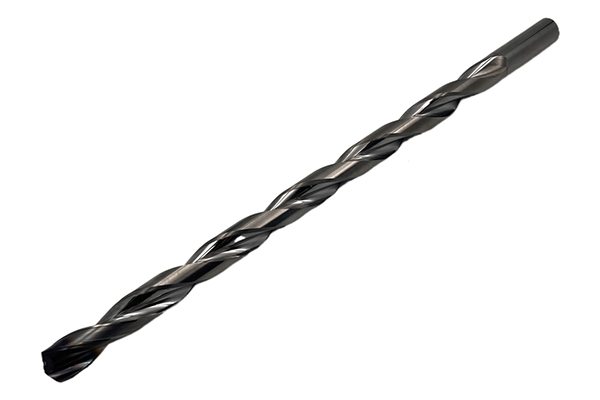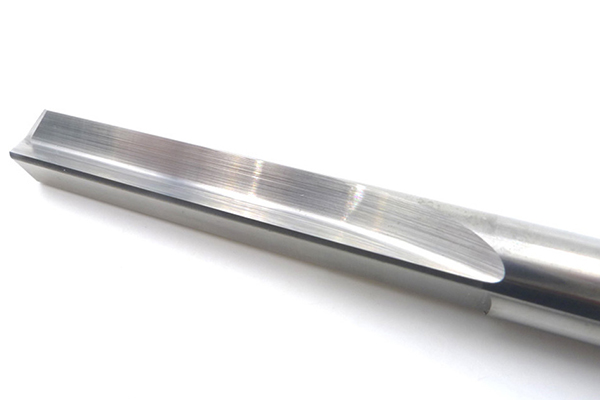1.The sharpening drill generally adopts a grinding wheel with a particle size of 46~80 mesh, and the hardness is medium-soft grade aluminum oxide grinding wheel. To grind the outer corner of the grinding wheel to a smaller fillet radius, if the fillet radius is too large, the main cutting edge will be damaged when grinding the chisel edge.
2.When the drill bit is cooling, the pressure exerted by the drill bit during sharpening should not be too large. Generally, air cooling is used. If necessary, it should be cooled by dipping in water to prevent the hardness of the cutting part of the drill bit from being reduced by overheating annealing.
3.The chisel edge of the standard twist drill is longer, generally 0.18D (D refers to the diameter of the drill bit), and the rake angle at the chisel edge has a large negative value. Therefore, the cutting at the chisel edge is extrusion when drilling At the same time, if the chisel edge is long, its centering effect and cutting stability will be poor. Therefore, for drills with a diameter of more than 5mm, the chisel edge must be shortened, and the rake angle near the chisel edge must be increased appropriately. To improve the cutting performance of the drill bit.
The grinding of the chisel edge must be completed. The purpose of chisel edge grinding is to shorten the chisel edge, but the chisel edge cannot be repaired too short. Too short chisel edge cannot reduce the feed resistance. , in the process of shortening the chisel edge, grind the negative rake angle on both sides of the chisel edge as much as possible. Appropriately increasing the rake angle at this place can reduce the cutting resistance during cutting and make the whole drilling process brisk.
4.If the drill is manually fed. The apex angle can be appropriately reduced during the sharpening process. Because the feed pressure of the electric hand drill is insufficient, appropriately reducing the apex angle can increase the positive pressure of the cutting edge on the cutting surface.
5.If the hole diameter and surface roughness requirements of the processed hole are not very strict, the two cutting edges can also be properly ground to be incompletely symmetrical. Although the hole diameter will increase on the original basis during the drilling process, it can significantly reduce the friction between the drill bit edge and the hole wall and reduce the cutting force. There is no strict formula for sharpening the drill bit, which requires gradually accumulating processing experience in the actual operation process, repeated trials, step-by-step comparison, and observation, and the drill bit can be sharpened well.
Post time: Aug-14-2023


